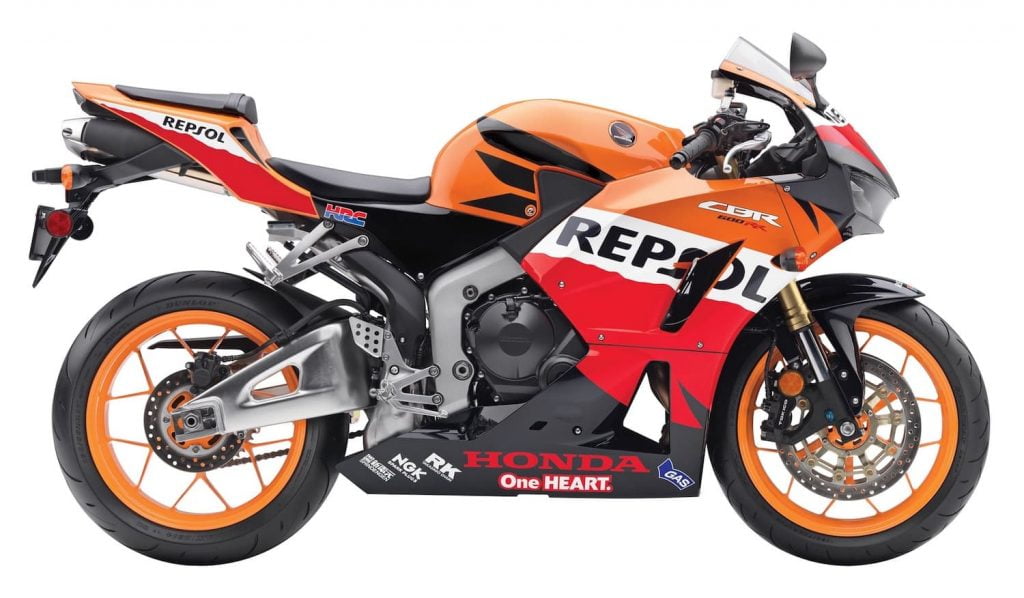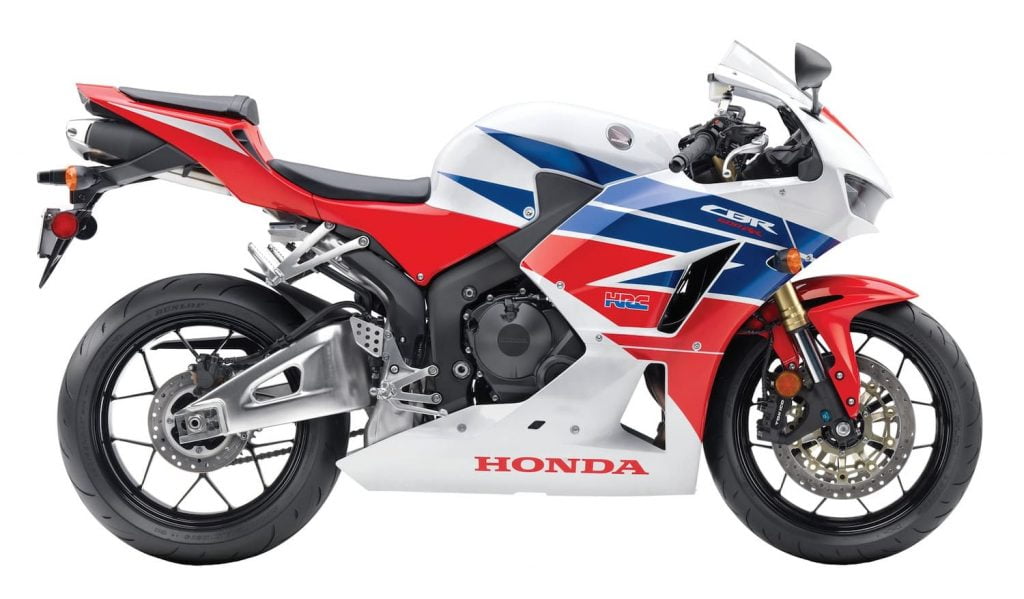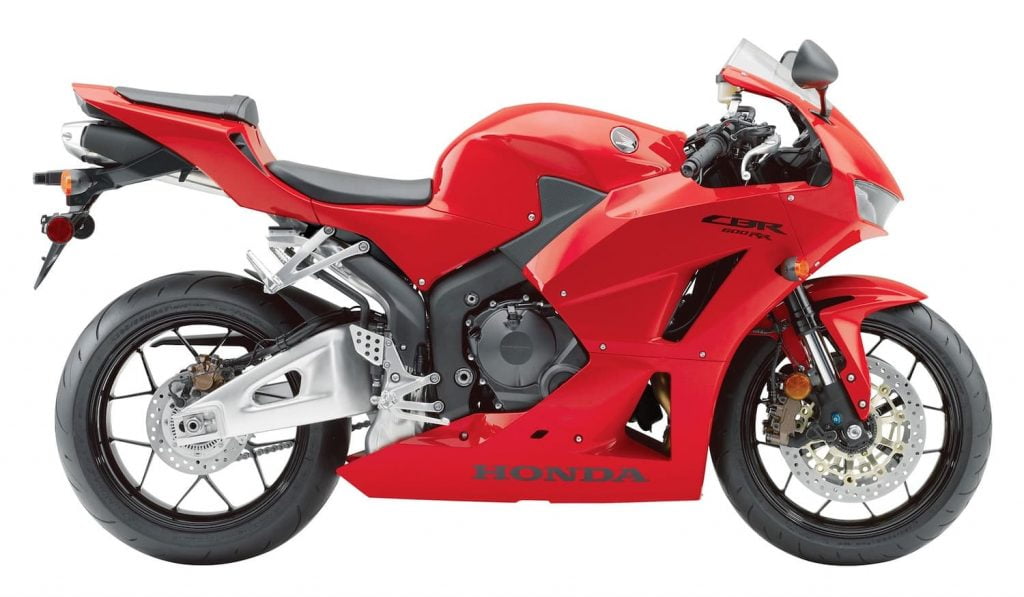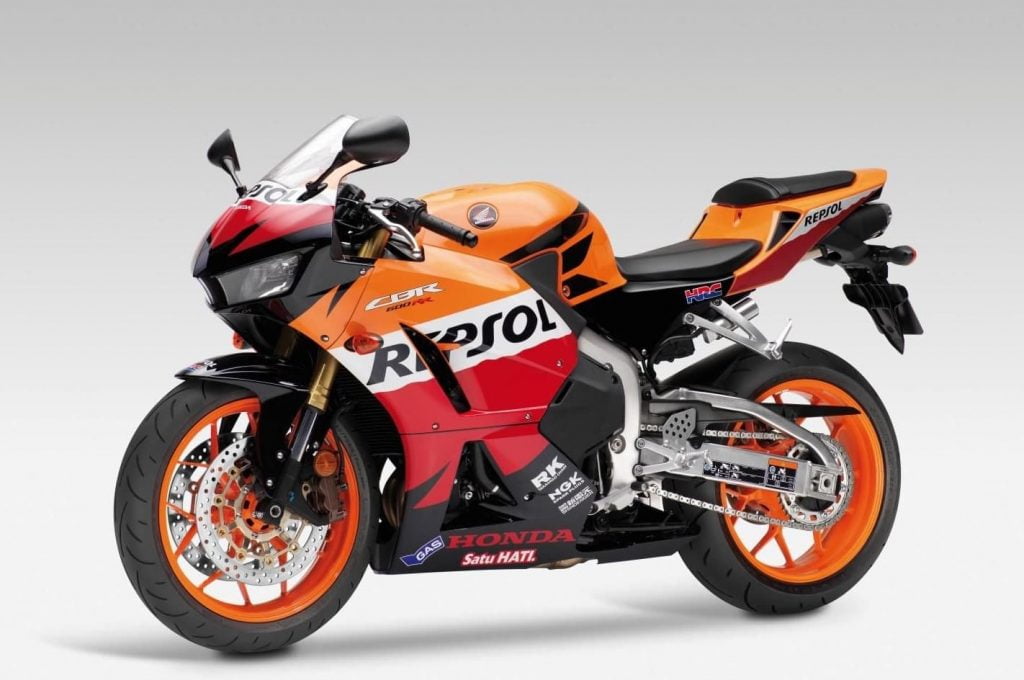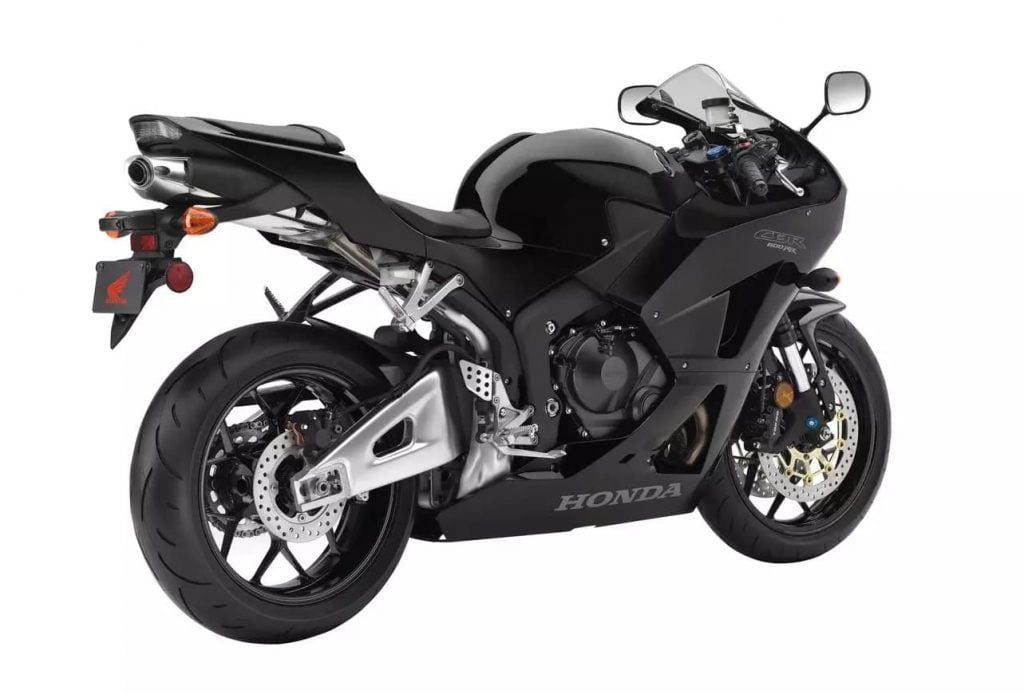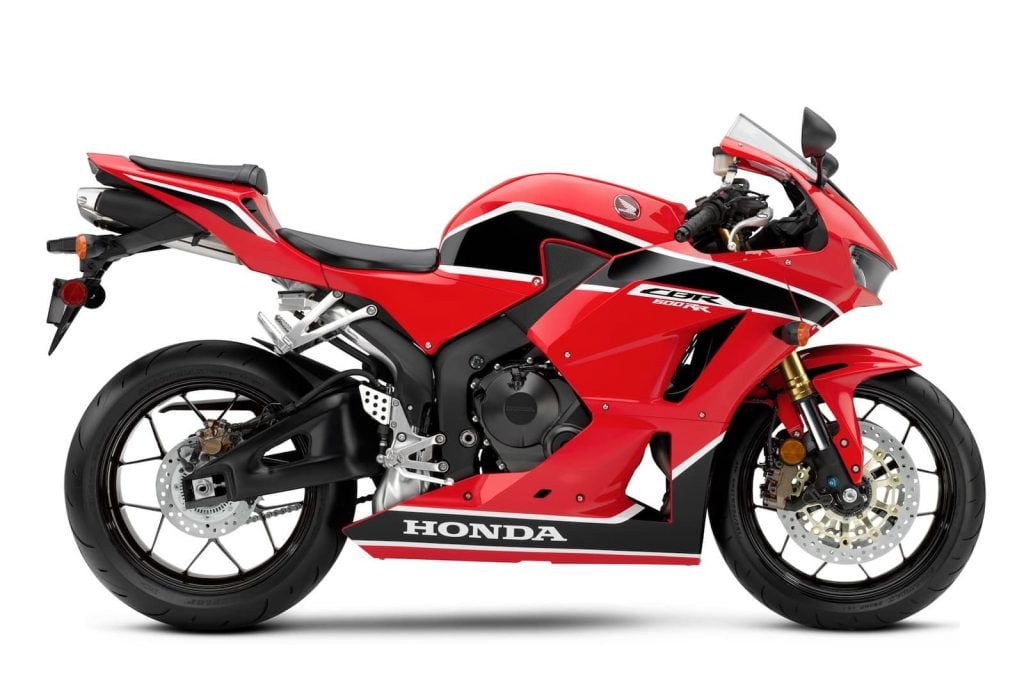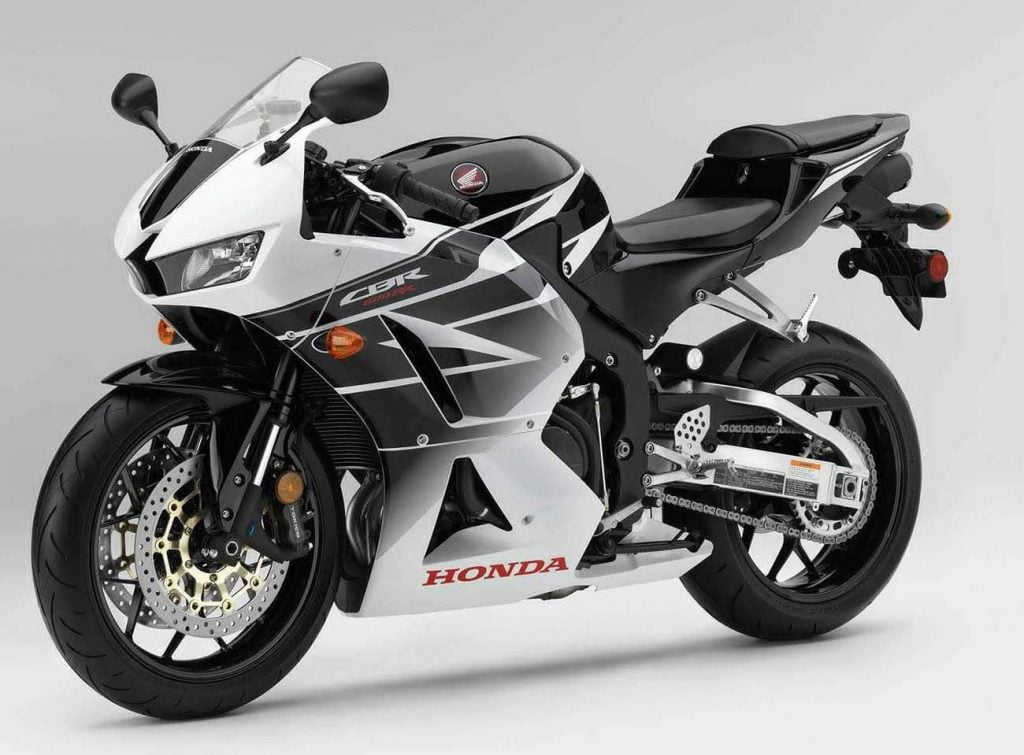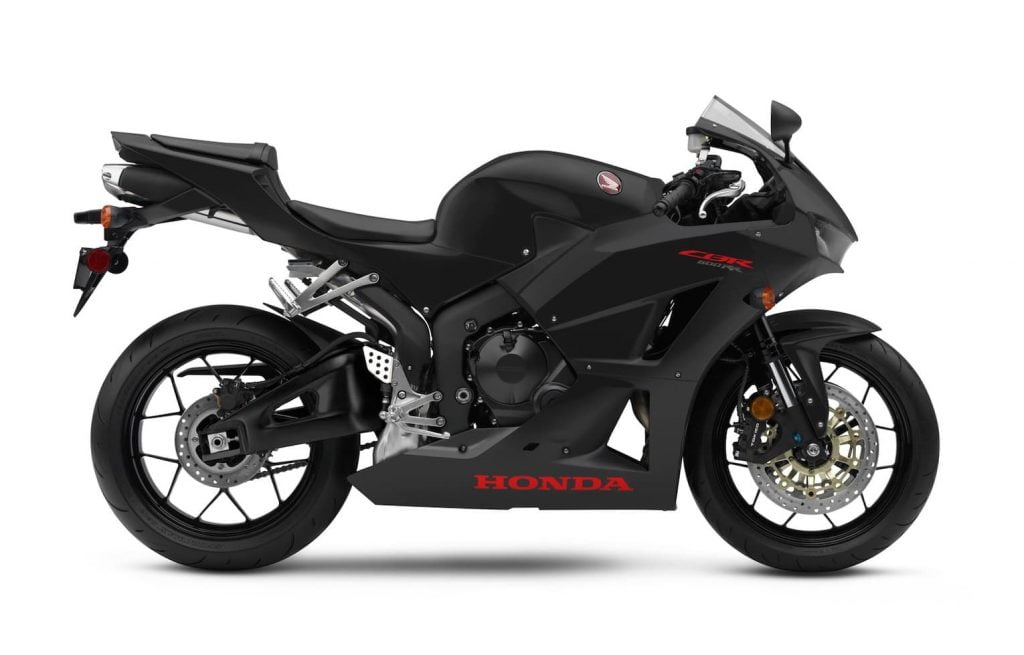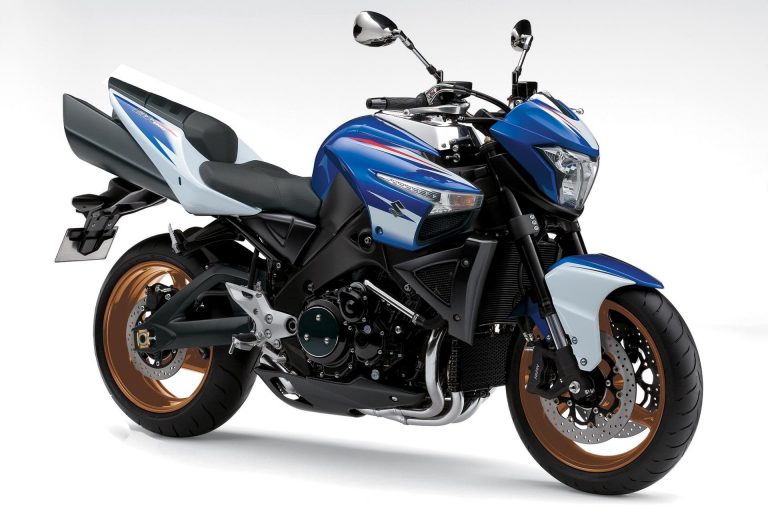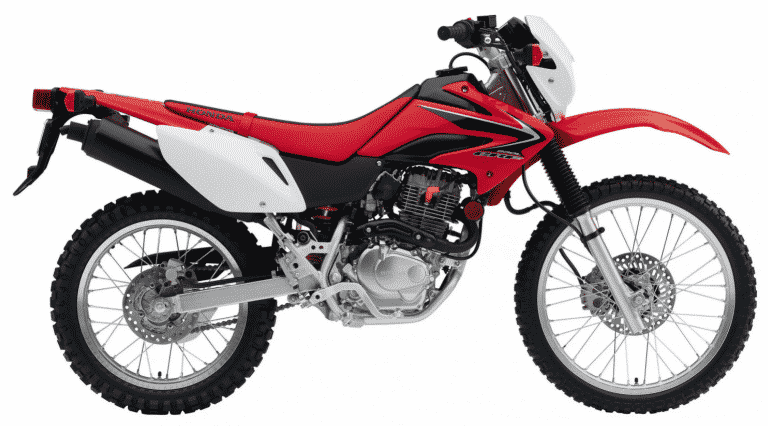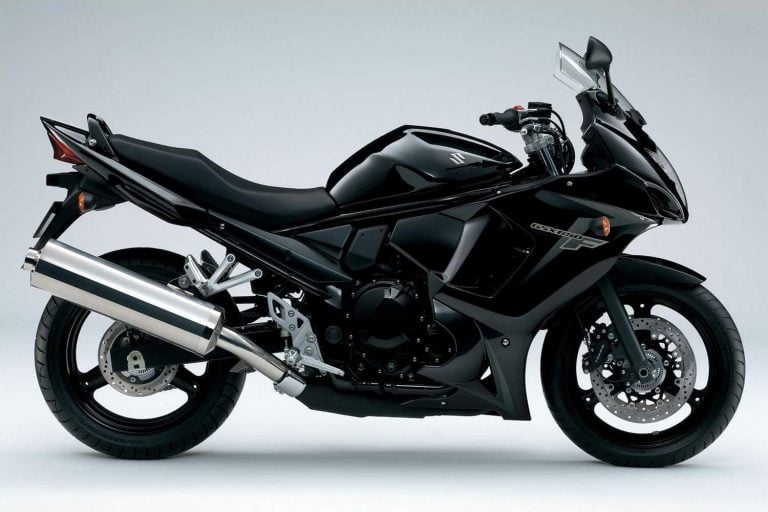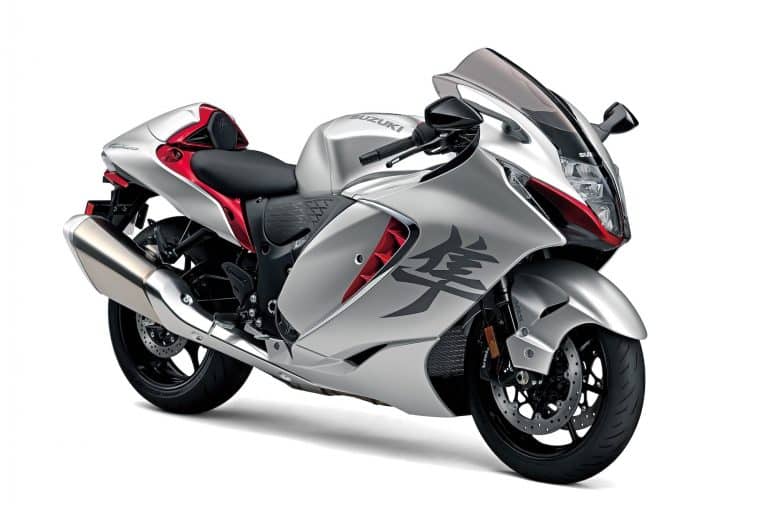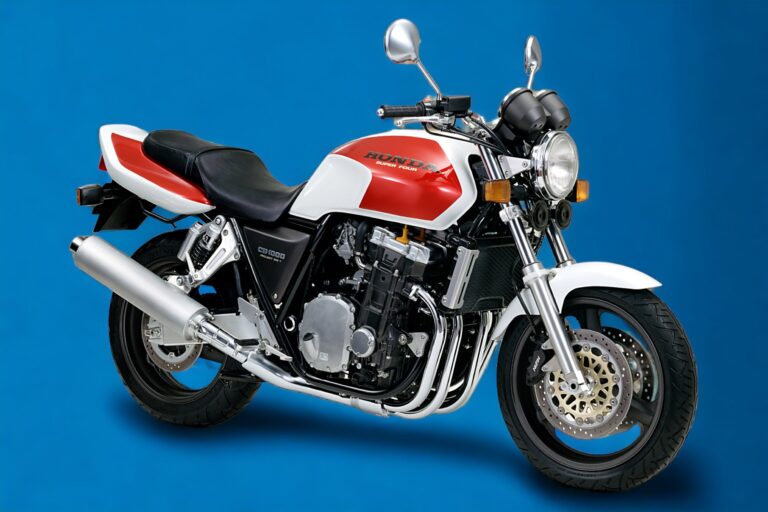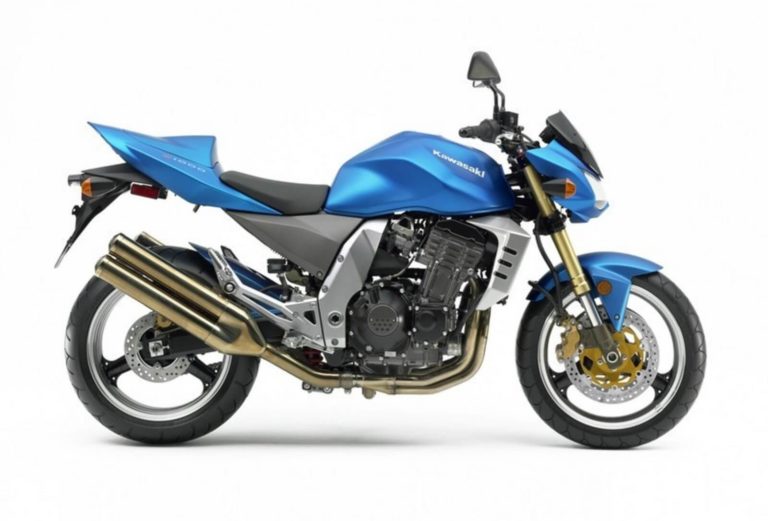Honda CBR600RR 4th Gen (2013+) Maintenance Schedule and Service Intervals
This is the maintenance schedule and associated service intervals for the 2013+ Honda CBR600RR. Note — This is the current model in the US, which didn’t get the more advanced version with an IMU and TFT display (and much higher price tag) like Japan and a few other countries.
The 2013 Honda CBR600RR was upgraded over the earlier 3rd gen model (made from 2007-2012). Primarily it got a significant visual refresh, with much better colours coming through the years (the “Repsol” being a bit of a fan favourite).
The 4th gen CBR600RR got lightweight 12-spoke wheels and new suspension, with Showa Big Piston Fork design. The CBR also got a revised ECU for emissions compliance and also a flatter torque curve.
Here are all the Honda CBR600RR generations:
- 2003-2004 Honda CBR600RR: The original CBR600RR, a re-thinking of the 600cc sportbike that the CBR600F4i was. More aggressive and track-oriented, with lower clip-ons. Still has conventional forks (i.e. not inverted).
- 2005-2006 Honda CBR600RR: Redesigned frame, inverted forks, radial-mounted front calipers, new bodywork, an engine tweaked to improve midrange power, and an overall dry weight of 4kg (9 lb) less.
- 2007-2012 Honda CBR600RR: Reworked engine, shorter wheelbase. New three-spoke cast aluminium wheels. A Honda electronic steering damper. 2009 introduced C-ABS as an option, and a few internal changes (like high-resistance valve lifters and a popup valve system) to improve mid-range torque. Another 20 lb lighter dry (without C-ABS). (Some consider 2009-2012 to be a separate generation, but the whole era shares one manual.)
- 2013+ Honda CBR600RR: Lightweight 12-spoke wheels, revised ECU, new suspension (Showa “Big Piston Fork”, and a ram-air system tuned for mid-range torque. Discontinued in some markets after 2016. Note — this is still the current model in the USA
- 2021 Honda CBR600RR: New release with a six-axis IMU and a host of rider aids, new TFT dash, Euro 5 compliance, and a highly exclusive price tag.
But fundamentally the ethos of the CBR600RR has never changed. It has always been a lightweight 599cc fuel-injected inline four-cylinder sport bike that is on the one hand adept at track work, but also civilised on the street. It’s not the most powerful 600cc class bike, nor the most advanced, nor the lightest, but it has its legions of fans. Unfortunately, being not the best at everything also hurt sales figures, which is why it was progressively dropped from markets in 2017.
This was originally published January 25, 2021, but has since been extensively revised.
This site has links for things like oil and spark plugs from which we earn a commission (which unfortunately nobody can save, not even us). If you appreciate this work, then please use those links. Thanks!
Maintaining your Honda CBR600RR 4th gen (2013+) — What you need
OK wrencher, you have your wrenches, you have your basic motorcycle maintenance tools, now it’s time to get into fixing up your 4th gen CBR600RR.
| Part | Honda CBR600RR 4th gen (2013+) spec |
|---|---|
| Oil | Honda recommends SAE 10W-30, JASO T 903 standard MA, with an API classification of SG or higher, such as Pro Honda GN4 10W-30. Use a torque wrench to tighten the bolt to 30 Nm (22 lb-ft). |
| Oil filter | Honda’s standard part number for the oil filter is 15410-MFJ-D01 (used on many Hondas). You can also use Hiflofiltro HF204RC for the oil filter. Use a torque wrench to tighten it to 26 Nm (19 lb-ft). |
| Air filter | The OEM air filter part is 17210-MFJ-D00 (same part as for the earlier gen RR). You can also use the K&N alternative air filter, whose part number is HA-6007, which is often more available. |
| Spark plugs | Use NGK spark plug part IMR9C-9HES. |
| Chain maintenance | To maintain your chain, Motul chain paste is quite well-liked. There’s also the Motul chain care kit which is affordable and good. |
| Brake fluid | You can use any DOT 4 oil, but Honda recommends Honda DOT 4. |
| Brake pads (front) | OEM front brake pads are part number 06455-MEL-D22. Alternative EBC double-hardened front brake pads have part number FA390HH. |
| Brake pads (rear) | OEM rear brake pads are part number 06435-MEL-D22. Alternative EBC double-hardened rear brake pads have part number FA436HH. |
| Coolant | Use Honda Long-life Coolant, which is based on ethylene glycol. |
| Grease | Stock up on lithium soap-based grease and silicon grease to keep pivots and moving parts lubricated and protected. |
2013+ Honda CBR600RR Maintenance Schedule
Below is the maintenance schedule for the 2013+ Honda CBR600RR.
Maintenance Procedures:
- I: inspect and clean, adjust, lubricate, or replace, if necessary
- L: lubricate
- R: replace
Notes:
- At higher odometer readings, repeat at the frequency interval established below.
- Honda recommends you get certain items, including the steering bearings, wheels,and exhaust gas actuator cable, served by a Honda mechanic.
- Since the break-in has passed for all of these, the break-in schedule is not shown.
| mi x 1000 | 4 | 8 | 12 | 16 | 20 | 24 | |
|---|---|---|---|---|---|---|---|
| km x 1000 | 6.4 | 12.8 | 19.2 | 25.6 | 32 | 38.4 | Every |
| Engine Oil (Pro Honda GN4 10W-30) | R | R | R | ||||
| Engine Oil Filter (HF204RC) | R | R | R | ||||
| Air Cleaner (HA-6007) | I | I | Service more often if riding in dusty/wet areas | ||||
| Spark Plug (IMR9C-9HES) | I | Replace every 32000 mi (51200 km) | |||||
| Valve Clearance | |||||||
| Fuel Line | I | I | I | ||||
| Throttle Operation | I | I | I | ||||
| Engine Idle Speed | I | I | I | ||||
| Radiator Coolant (Honda Long-life Coolant) | I | I | R | Replace every 2 years | |||
| Cooling System | I | I | I | ||||
| Secondary Air Supply System | I | I | I | ||||
| Evaporative Emission Control (if fitted) | I | I | |||||
| Exhaust Gas Control Actuator Cable | I | ||||||
| Drive Chain Slider | I | I | I | I | I | I | |
| Brake Fluid | I | I | R | I | I | R | Replace every 2 years |
| Brake Pads Wear | I | I | I | I | I | I | |
| Brake System | I | I | I | ||||
| Brake Light Switch | I | I | I | ||||
| Headlight Aim | I | I | I | ||||
| Clutch System | I | I | I | I | I | I | |
| Side Stand (Grease) | I | I | I | ||||
| Suspension | I | I | I | ||||
| Nuts, Bolts, Fasteners | I | I | I | ||||
| Wheels/Tires | I | I | I | ||||
| Steering Head Bearings | I | I | I |
Maintaining Your Chain on the Honda CBR600RR
It’s important to maintain your chain on the CBR600RR, particularly so as this is a sportbike you’re likely to ride hard. Use a good-quality chain lubricant like Motul chain paste, or a Motul chain care kit which comes with a couple of handy tools to maintain the chain.
Honda recommends you follow the following chain maintenance schedule:
| Chain maintenance item | Every |
|---|---|
| Check drive chain lubrication condition, lubricating if necessary | 600 mi / 1000 km |
| Check drive chain slack, adjusting if necessary | 600 mi / 1000 km |
Notes:
- Do these items (checking/adjusting slack, and checking/applying lubrication) more often if you ride your CBR600RR in dusty or rainy conditions.
- Always lubricate the chain after washing the motorcycle.
Tre size and tire pressure for the Honda CBR600RR
The Honda CBR600RR’s manual for the 2013+ models specifies the following tyre sizes, these recommended brands, and these tyre pressures (when cold):
| Tyre | Size | Brand(s) | Tyre pressure (when cold) |
|---|---|---|---|
| Front | 120/70ZR17 M/C (58W) | DUNLOP D214F K | 250 kPa (2.5 bar) 36 psi |
| Rear | 180/55ZR17 M/C (73W) | DUNLOP D214K | 290 kPa (2.5 bar) 42 psi |
About the 2013+ 4th gen Honda CBR600RR
Honda’s last generation of 600 cc, CBR supersport motorcycle was the last normal-ish one before the exclusive 2021+ Honda CBR600RR was released.
In the US, the 2013 Honda CBR600RR is still the same as the current model — still no ABS, TFT, or ride aids, but the price tag is also relatively low.
The 4th gen CBR600RR is the same package of race-winning handling, balanced power (that’s geared towards the high-end), and a MotoGP-inspired chassis.
Like the original CBR600RR released in ’03 as a race bike replica, the current model has a strong engine, and high-end suspension with Honda’s Big Piston Fork design. This gives it great handling and snappy action. Plus, it looks amazing, with its MotoGP-inspired bodywork and aerodynamic design.
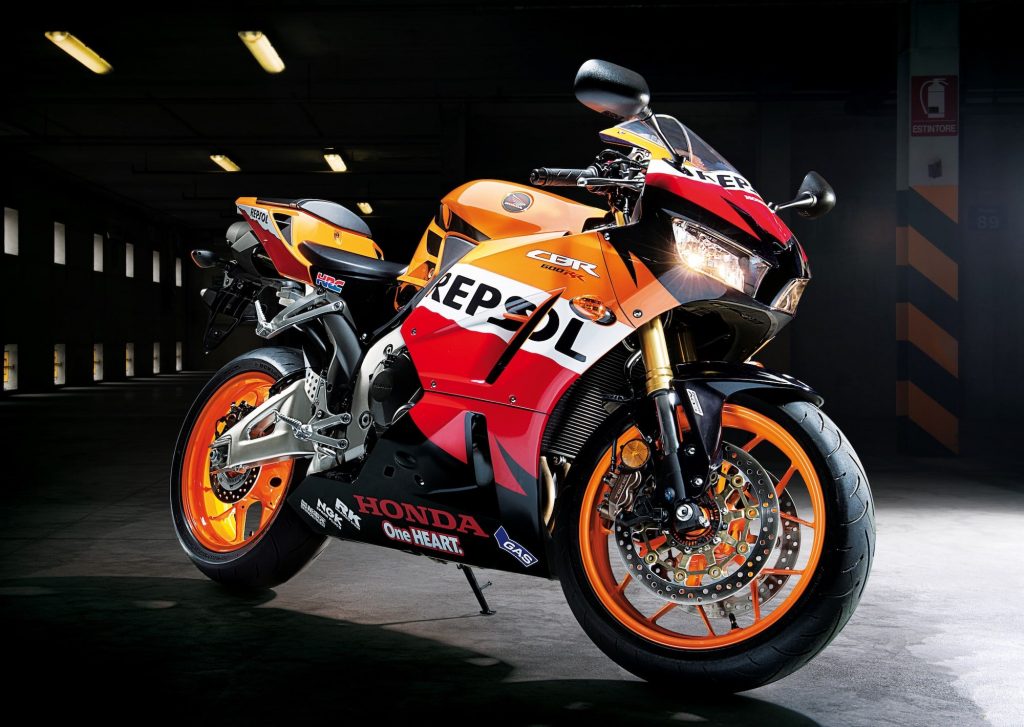
The 4th generation was a major overhaul in 2013, though a lot of the engine (and thus the maintenance) stayed the same. Sales dwindled over the years because the market cooled somewhat and more riders opted for naked bikes with handlebars. Times change.
But the CBR600RR, being a supersport, is one of the last function-driven motorcycles. It’s wind tunnel tested, and the front part of it forms an air scoop that takes advantage of the pressurized air at the front of the bike as a “poor man’s turbo” of sorts. Ram air! You can really feel it, but you have to be going pretty fast.
The work Honda put into the bodywork found its way down the range to the CBR500R, which looks fantastic, and up to the Race Team’s RC213V MotoGP competition bike.
The engine that powers the CBR600RR is a 599cc inline four-cylinder engine that’s water cooled and obviously fuel injected. It comes with chrome-plated, Palphos M1-A treated con-rods and wrist pins for low friction operation, a treatment that they subsequently passed on to the Africa Twin for a boost in the adventure lineup.
The cylinders are very oversquare, as you’d expect for a high revving engine. The engine produces more power up high than it does torque down low.
But how much power does the CBR600RR make? It’s a bit difficult to tell. The bike has to be up to speed to take full advantage of the pressurized air in front of the bike, so it doesn’t develop full power until that happens. With that in mind, let’s just call it something just north of 74 kW (98 hp) at 12500 rpm, and 60 Nm (44 pound-feet) of torque at 10000 rpm.
The CBR600RR was discontinued in some markets after 2016 because young people decided they wanted to do wheelies on an MT-09 rather than hunch down over a supersport.
And it was discontinued in all markets other than the US in 2020 when the 2021+ Honda CBR600RR came out. The 2021+ model is higher spec, including an IMU for cornering ABS.
Manual for the 2013 / 4th gen Honda CBR600RR
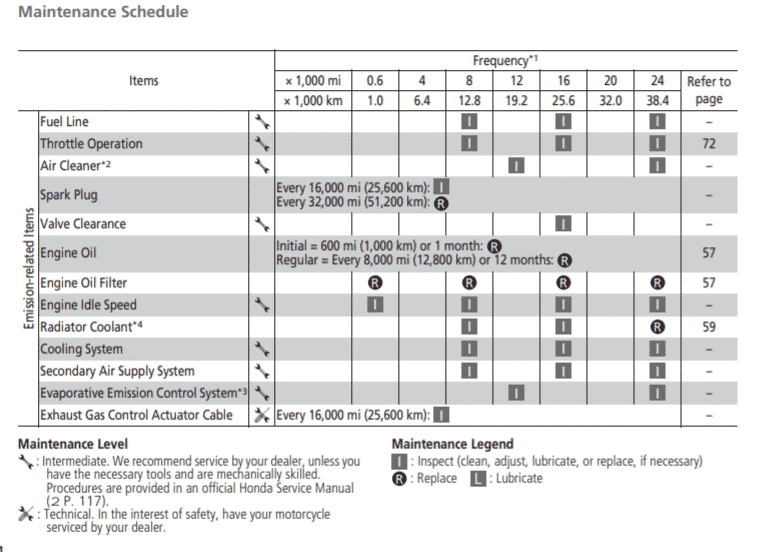
The above maintenance schedule comes directly from the user’s manual for the 2020 Honda CBR600RR.
An archive copy is below.
You can download it from here.
